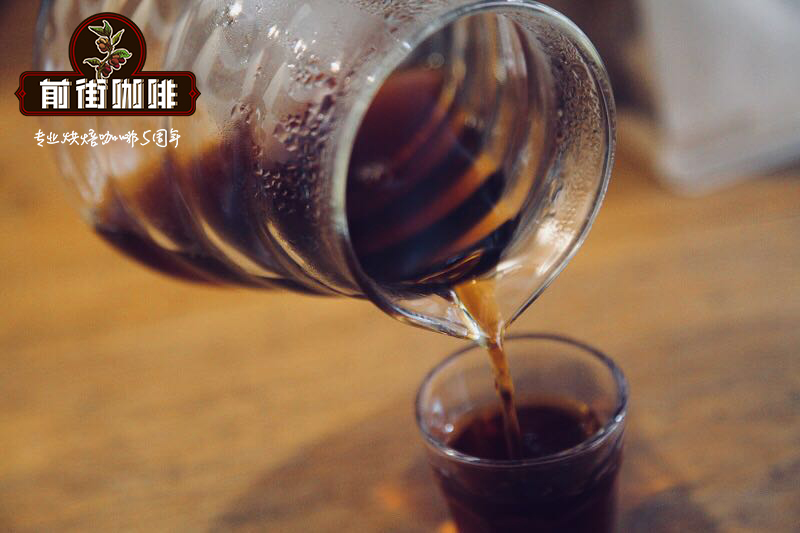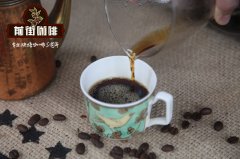Characteristics of coffee producing area in Jamaica

Professional coffee knowledge exchange more coffee bean information please follow the coffee workshop (Wechat official account cafe_style)
Jamaican coffee: Jamaica's national treasure, Blue Mountain Coffee is perfect in all respects, just like wine, many wineries have bought most of the Jamaican coffee by Japan, so it is very difficult to buy it in the market. It is said that Britain has not been able to buy it for four years, and the spending power of Easterners is really amazing.
Important Notice :
前街咖啡 FrontStreet Coffee has moved to new addredd:
FrontStreet Coffee Address: 315,Donghua East Road,GuangZhou
Tel:020 38364473
- Prev

Characteristics of coffee producing area in Ethiopia
For more information on coffee beans, please follow the coffee workshop (Wechat official account cafe_style) Ethiopian Coffee: the hometown of Arabica Coffee, growing up at high latitudes, requires a lot of manual care. Here is the famous Ethiopian mocha, which is sour, fragrant and productive similar to wine. Unfortunately, there is.
- Next

Characteristics of coffee producing area in Kenya
For more information on coffee beans, please follow the coffee workshop (Wechat official account cafe_style) Ethiopian Coffee: the hometown of Arabica Coffee, growing up at high latitudes, requires a lot of manual care. Here is the famous Ethiopian mocha, which is sour, fragrant and productive similar to wine. Unfortunately, there is.
Related
- Beginners will see the "Coffee pull flower" guide!
- What is the difference between ice blog purified milk and ordinary milk coffee?
- Why is the Philippines the largest producer of crops in Liberia?
- For coffee extraction, should the fine powder be retained?
- How does extracted espresso fill pressed powder? How much strength does it take to press the powder?
- How to make jasmine cold extract coffee? Is the jasmine + latte good?
- Will this little toy really make the coffee taste better? How does Lily Drip affect coffee extraction?
- Will the action of slapping the filter cup also affect coffee extraction?
- What's the difference between powder-to-water ratio and powder-to-liquid ratio?
- What is the Ethiopian local species? What does it have to do with Heirloom native species?

